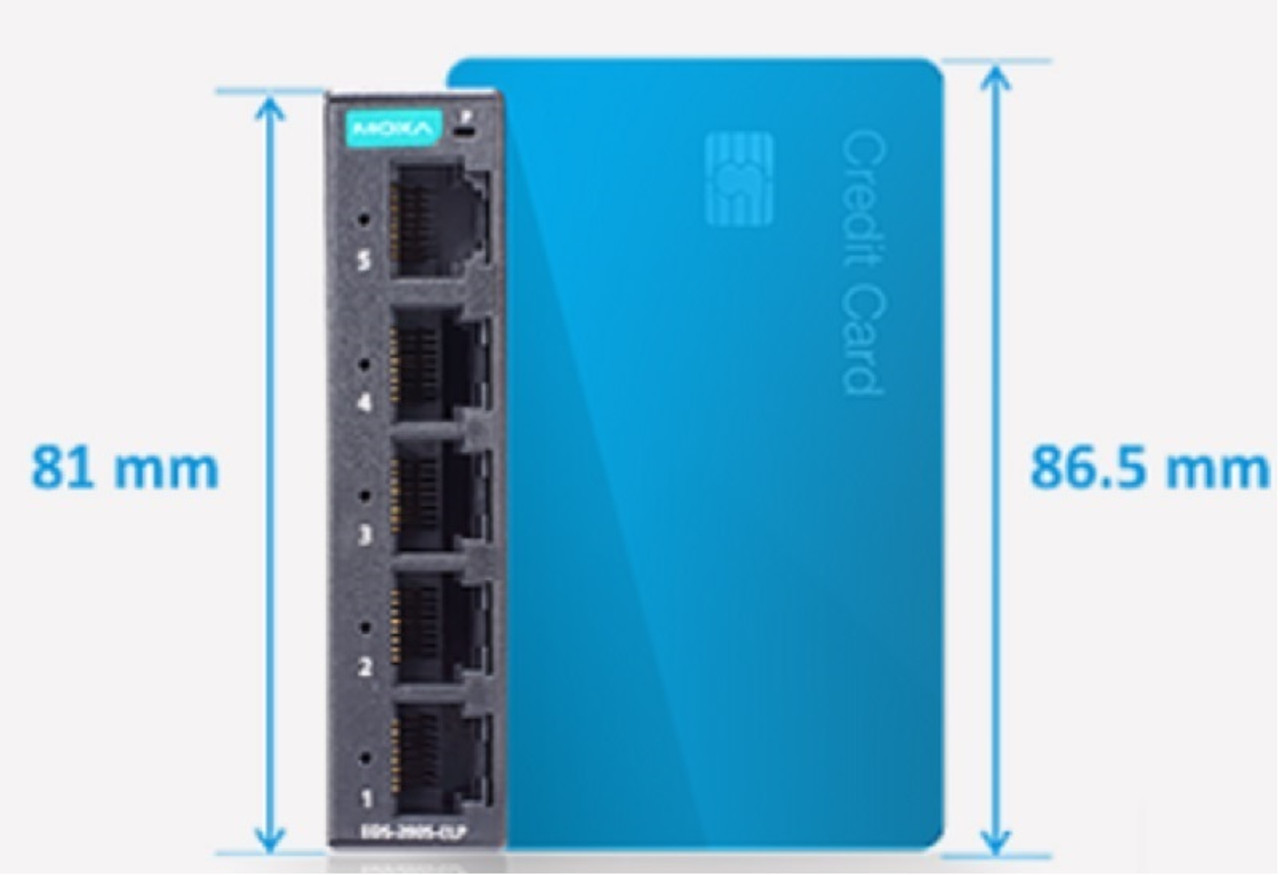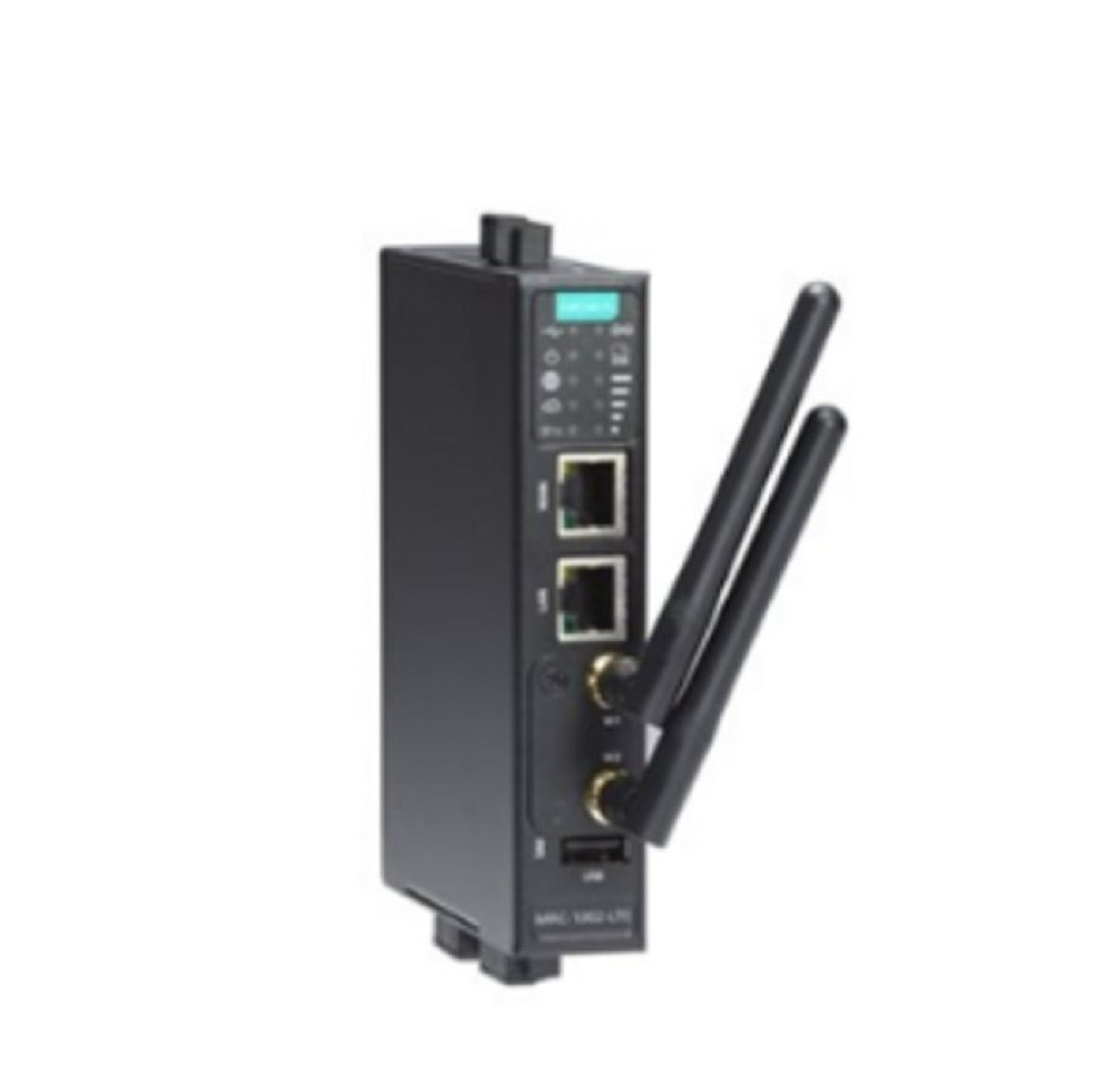
MOXA ICF-1180I-M-ST
ICF-1180I Series- Contact Us for Availability or Possible Alternatives
| Exclusive Bulk Pricing on Select Products | ||
| Sign Up to Access. |
Features and Benefits
- Fiber-cable test function validates fiber communication
- Auto baudrate detection and data speed of up to 12 Mbps
- PROFIBUS fail-safe prevents corrupted datagrams in functioning segments
- Fiber inverse feature
- Warnings and alerts by relay output
- 2 kV galvanic isolation protection
- Dual power inputs for redundancy (Reverse power protection)
- Extends PROFIBUS transmission distance up to 45 km
- Wide-temperature model available for -40 to 75°C environments
- Supports Fiber Signal Intensity Diagnosis
Introduction
The ICF-1180I industrial PROFIBUS-to-fiber converters are used to convert PROFIBUS signals from copper to optical fiber. The converters are used to extend serial transmission up to 4 km (multi-mode fiber) or up to 45 km (single-mode fiber). The ICF-1180I provides 2 kV isolation protection for the PROFIBUS system and dual power inputs to ensure that your PROFIBUS device will perform uninterrupted.
Fiber Cable Test Function
Fiber-optic cables are usually deployed for long-distance communication. To ensure proper communication across the fiber-optic cables, engineers use fiber sensors. A fiber cable test function through DIP switch adjustments helps ICF-11801 converters eliminate the need to rely on fiber-optic sensors.
This function not only detects fiber communication abnormalities but also validates the format of the received packet. It can also determine which side (Tx or Rx) is causing the problem.
PROFIBUS Fail-Safe
When the PROFIBUS device malfunctions or the serial interface fails, it will generate electrical noise, resulting in bus failure. Traditional media converters will let the noise signal pass through the fiber and on to the other converter. This will disrupt data transmissions between the two buses and eventually communication ceases across the entire system. When this occurs, the engineer will not be able to easily locate the failed device because the entire PROFIBUS network is down. To avoid this situation, the ICF-1180I was designed to detect and recognize noise signals. If the bus fails on one side, the noise signal will not propagate through the ICF-1180I and affect additional bus segments. In addition, the ICF-1180I will also trigger an alarm notification to the field engineer on the location of the failure.
Auto/Manual Baudrate Settings
The ICF-1180I Series simply converts the signal back and forth between PROFIBUS and fiber. The ICF-1180I Series works under baudrates between 9.6 kbps to 12 Mbps. Engineers do not need to know the baudrate of the connected PROFIBUS device.
The ICF-1180I Series can automatically detect the baudrate of the PROFIBUS device and apply this baudrate directly. This is an extremely convenient feature. If necessary, baudrates can be set to a fixed value via DIP switches.
Fiber Inverse Function
The ICF-1180I provides a fiber inverse function to choose fiber-optic light ON or light OFF when sending logic signal ‘1’. For default settings, fiber-optic is light OFF when sending logic signal ‘1’; in Fiber Inverse mode, fiber-optic is light ON when sending logic signal ‘1’.
This feature provides greater compatibility when the ICF-1180I converter is integrated with PROFIBUS converters of other manufacturers. Please refer to third-party user manuals when using this feature.
Fiber Link Monitor
The ICF-1180I converters provide a fiber link monitor function to detect the communication errors on either the fiber side or PROFIBUS side. Once there is an error in communication, the corresponding LED will turn red, and the relay alarm will be activated.
Fiber Signal Intensity Diagnosis
In some circumstances, you may need to measure the reception level of the fiber-optic port with a voltmeter, which can be connected while the device is operating (doing so will not affect data transmission). The measurement can be taken with a voltmeter and read on a PLC that uses floating high impedance analog inputs, which allow you to do the following:
-
Record the incoming optical power for later measurement (e.g., to indicate aging or damage).
-
Carry out a good/bad test (limit value).















